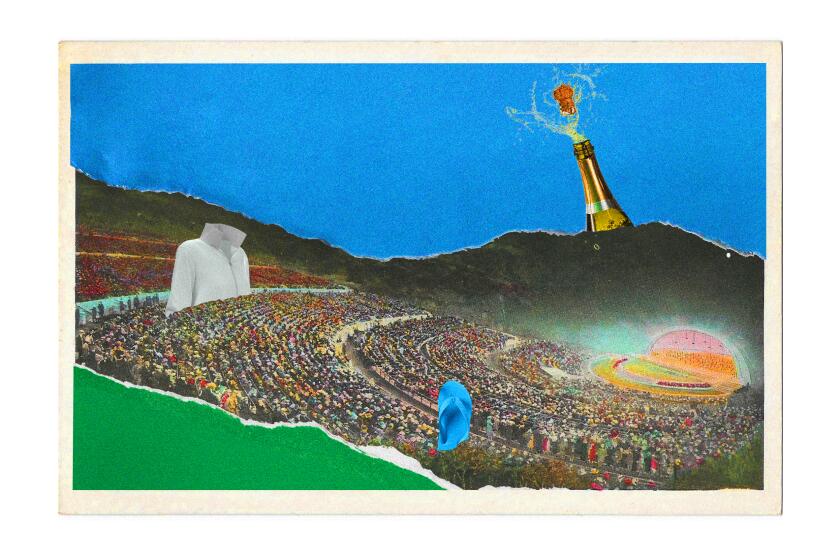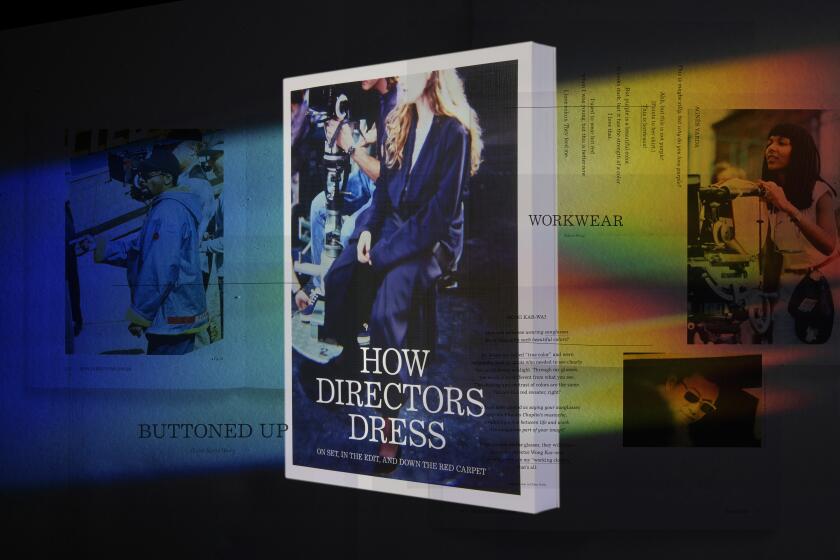- Share via
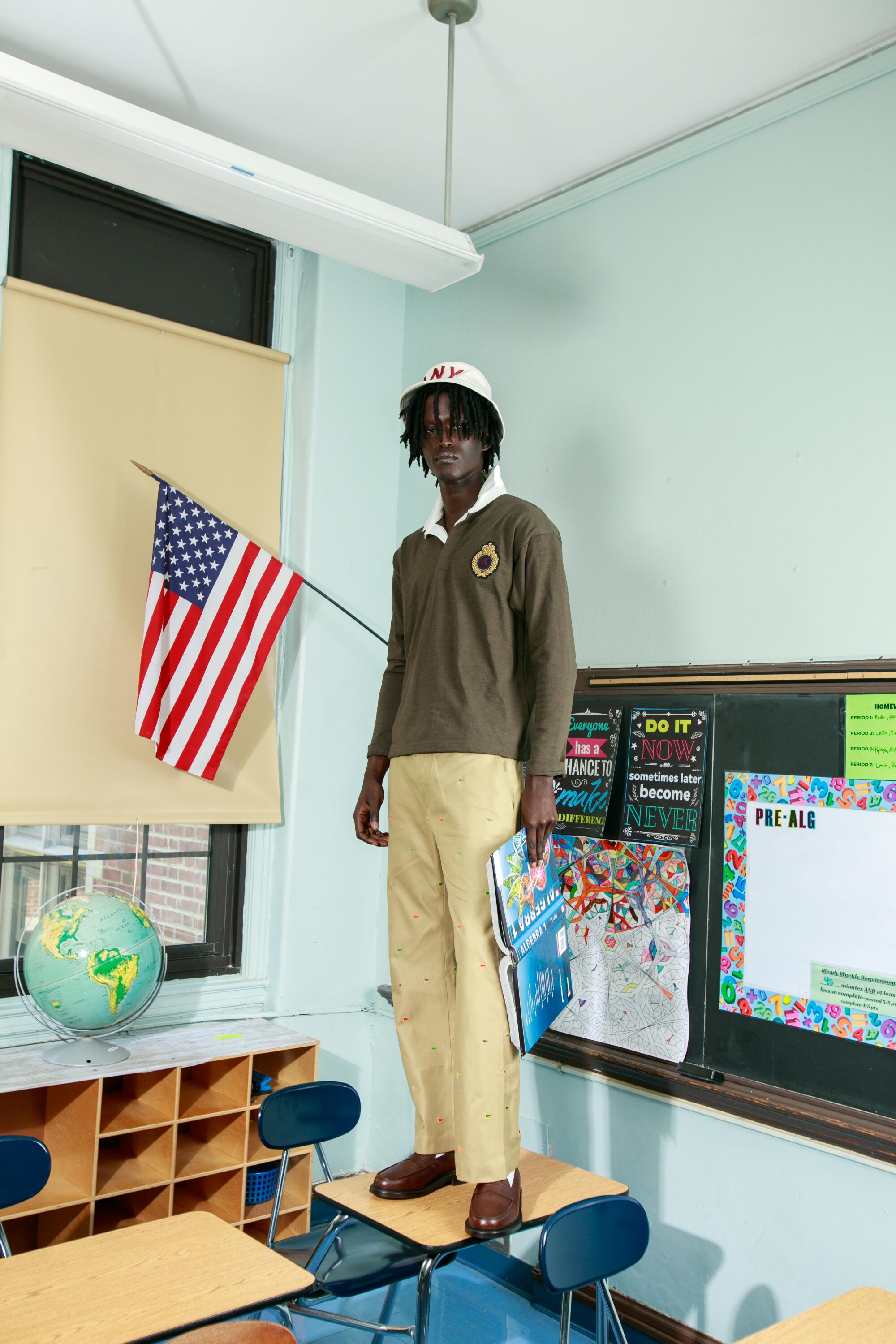
This story is part of Image’s August issue, Lineage, about intergenerational conversations and how they shape us.
When we talk about “traditional American menswear,” rarely do we ask what that actually means. Whose “American tradition” are we pointing to? For better or worse, that phrase usually means what is most commonly referred to as “prep.” The classic polos, khakis and three-roll-two blazers commonly associated with Ralph Lauren. Prep is a trend that’s not really a trend at all, a much fussed-over buzzword that describes the very foundation of the American wardrobe. It’s in the air and the water here and has been exported across the world. It’s a style that is almost synonymous with lineage, legacy and family. There’s a reason a cooked J. Crew polo and slowly decaying Sperry Top Siders will always look good. It’s because they tell a story. Classic American clothes tell a hell of a story — of your life, your family or the entire nation. It’s clothing associated with the ruling class, the wealthy and the white. Back to the original question: Whose American tradition are we pointing to? Whose story is this?
Chris Echevarria, the mind behind the brand Academy, asks that question with everything he releases. And in the answer, Echevarria says: my story, but also yours. The looks are familiar — gold-button blazers, oxfords and rugbys — but with the edge of New York City peacocking. It’s the uniform of Echevarria’s youth on the East Coast, bopping between the suburbs and Manhattan. For most American heritage menswear, nostalgia is a heavy influence, but the young Black designer doesn’t want to play with all that. “Nostalgia is a good way to play on people’s emotions. And it’s an easy way to play on people’s emotions,” Echevarria tells me over Zoom. “I don’t want to play with people’s emotions in that way.”
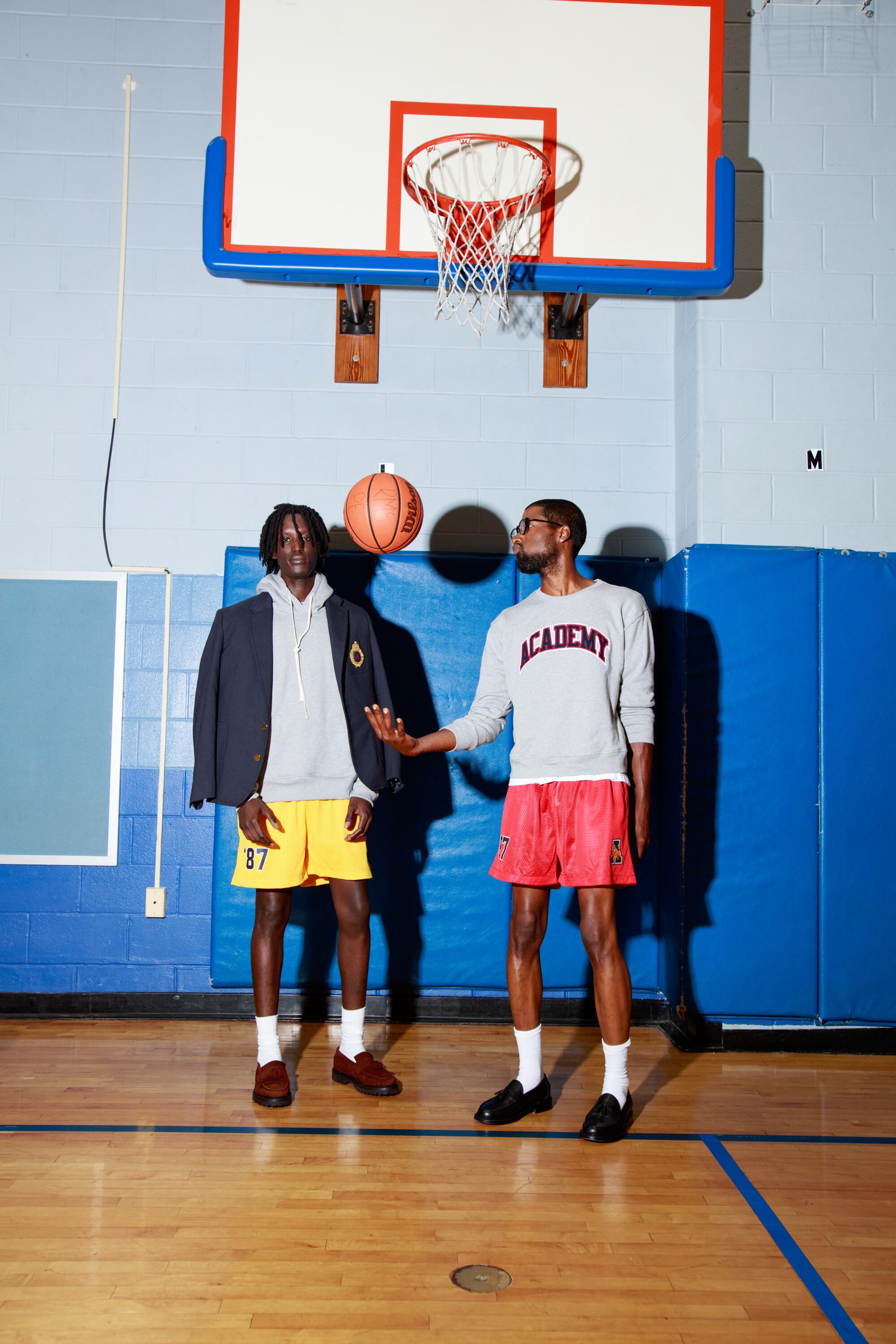
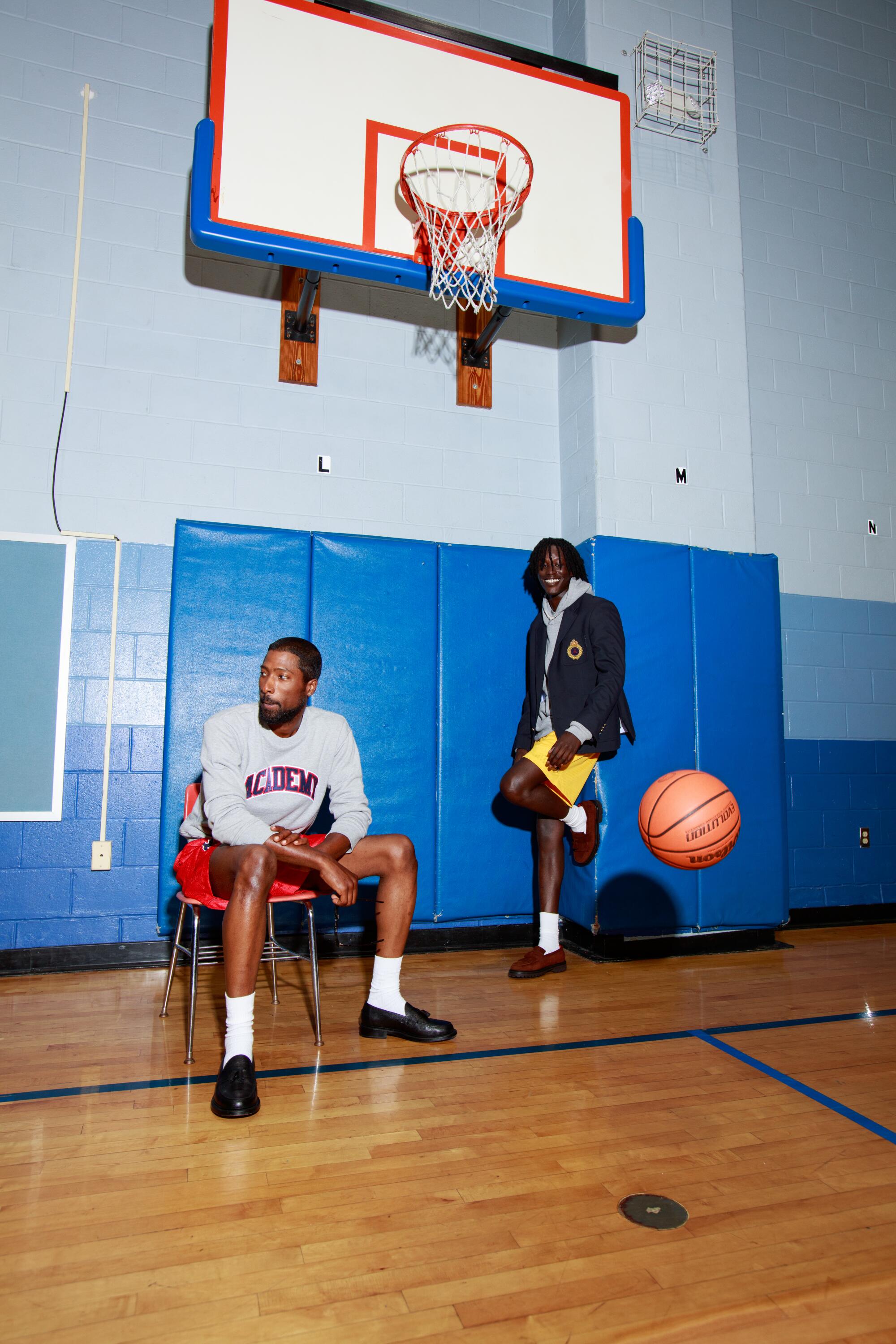
Academy is, in a sense, backward-looking. The site’s About page boldly declares that the brand is “rooted in education and the lifelong pursuit of enrichment.” When you see the clothes, you can’t help but think about school — either your school or the imaginary preparatory academy (hence the name) from a movie like “Dead Poets Society.” It’s also about what happens after school, those youthful trips to the mall to comb through racks and racks of Gap or Banana Republic. Echevarria is clearly still communicating with that version of himself as he tells me about his mom taking him to the mall in his home state of New Jersey to start the long process of understanding what style meant to him. But he also sees that nostalgia as a trap that prevents personal growth. How much do you want to pine for “better days,” when maybe there was more under the surface of those “better days” than we want to admit?
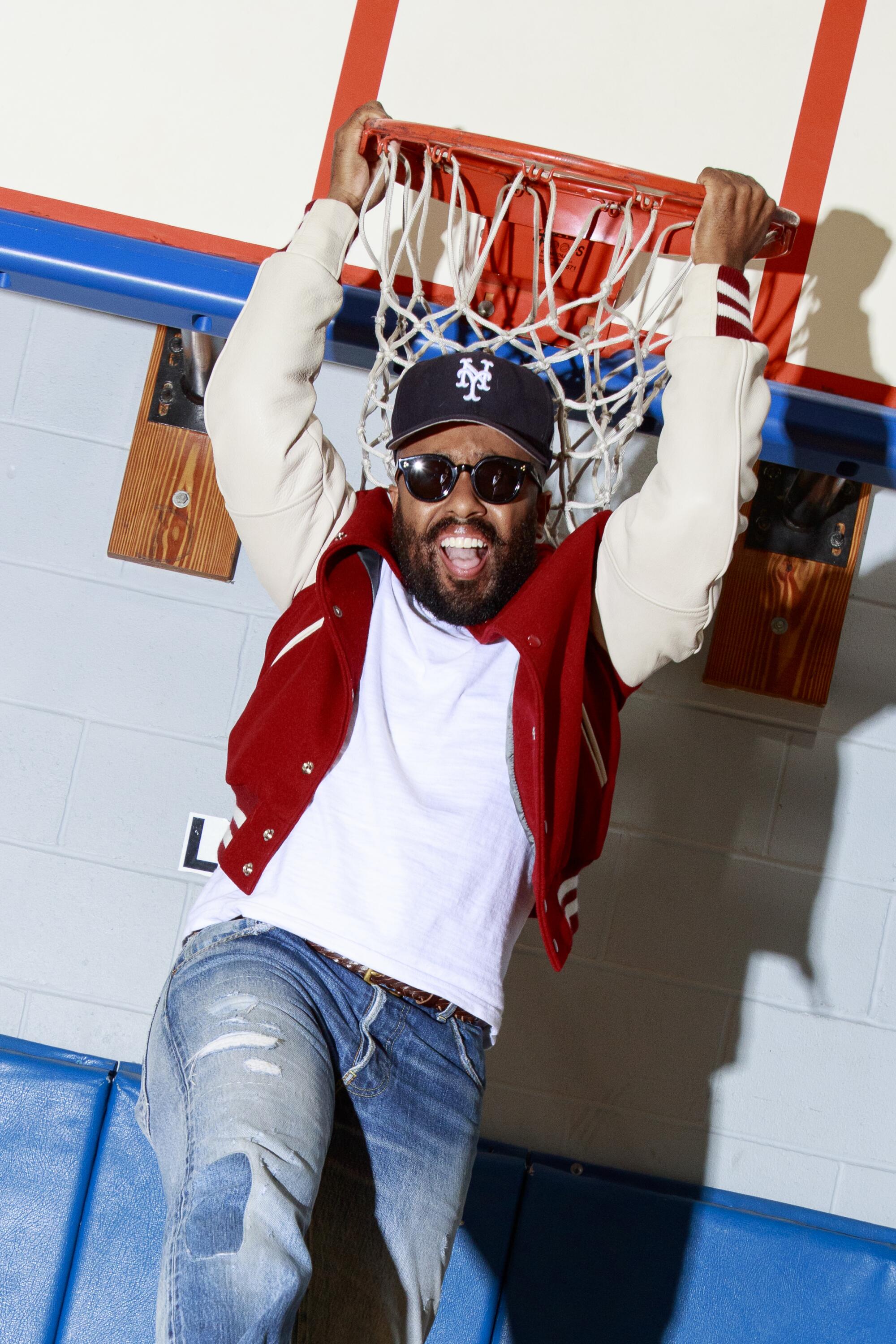
Echevarria got his start in fashion by dropping out of the University of Maryland premed program. From there, he moved back to New York to make a go of his passion for getting dressed, first with a job at Kidrobot, then a spot at Parsons School of Design. But Parsons made its fashion students work through courses in womenswear before they even considered approaching men’s clothing. What set Echevarria off was a stint at the holy mecca of late-2000s menswear: the J. Crew Liquor Store in Lower Manhattan. Echevarria waxes lovingly about that time, when the Ludlow suit reigned supreme and razor-sharp, “Mad Men”-style tailoring was all the rage. He is, dare I say, a little nostalgic for the moment it all started to really click. “If I didn’t have those experiences, I probably wouldn’t be where I am.”
The Liquor Store heralded a new age of the man’s relationship to clothing — that it could be a lifelong pursuit: for creativity, joy and defiant self-expression. And it all happened with the classics of prep. “Now you had everything that you wanted as a man in one place, and you had people there that could speak to that specifically for you,” Echevarria says. “Before that, there wasn’t much [community].”
Echevarria networked with the heavy hitters and up-and-comers who would define the menswear scene in the years after. Brands like Billy Reid, Thom Browne and Scott Sternberg’s dearly departed Band of Outsiders remixed and reimagined the simplicity of menswear. “Band of Outsiders really showed me how fun this industry could be, just through the silhouettes, through the colors used, through the way that [Sternberg] pushed boundaries on design but still made it classic in a way that was ’80s and modern at the same time.”
You can tell people struggle with the dress code at the Bowl. It’s an elevated experience that demands a sense of reverence, but it’s also an event that requires one to lug a cooler full of cheese up a hill.
Taking what he learned in the streets of SoHo, Echevarria in 2017 launched Blackstock & Weber, a line of forward-thinking loafers that hit just as menswear was having another go at prep. Guys who might have focused all their energy on Jordans now were copping shoes their dad might have worn, but with the bold twists that define everything Echevarria does — two-tones, chunky lug soles and cheetah print.
Academy, which launched last fall, is a natural extension of what Echevarria started with Blackstock & Weber. The familiar, but different. Chinos with pennants sewed across them nod to Ralph Lauren. There’s camo, which is so dialed into trends but also inspired by Japanese military style. Prep clothes are given a swagger that they don’t always have.
If this sounds like other brands you might be into, you’re not wrong. Your IG feed and your shopping cart are filled with brands touching American heritage fashion and injecting urban New York into it, but there’s one major difference that Echevarria articulates simply: “The difference between me and [other prep designers] is that I can say n—, and [they] can’t,” he says bluntly. “You can skate around these ideas, and you can be like, I was around, but did you really live it? You can talk about the things that me and my friends actually did on a daily basis and make caricatures about what our experience was and is. But at the end of the day, it’s just a caricature.”
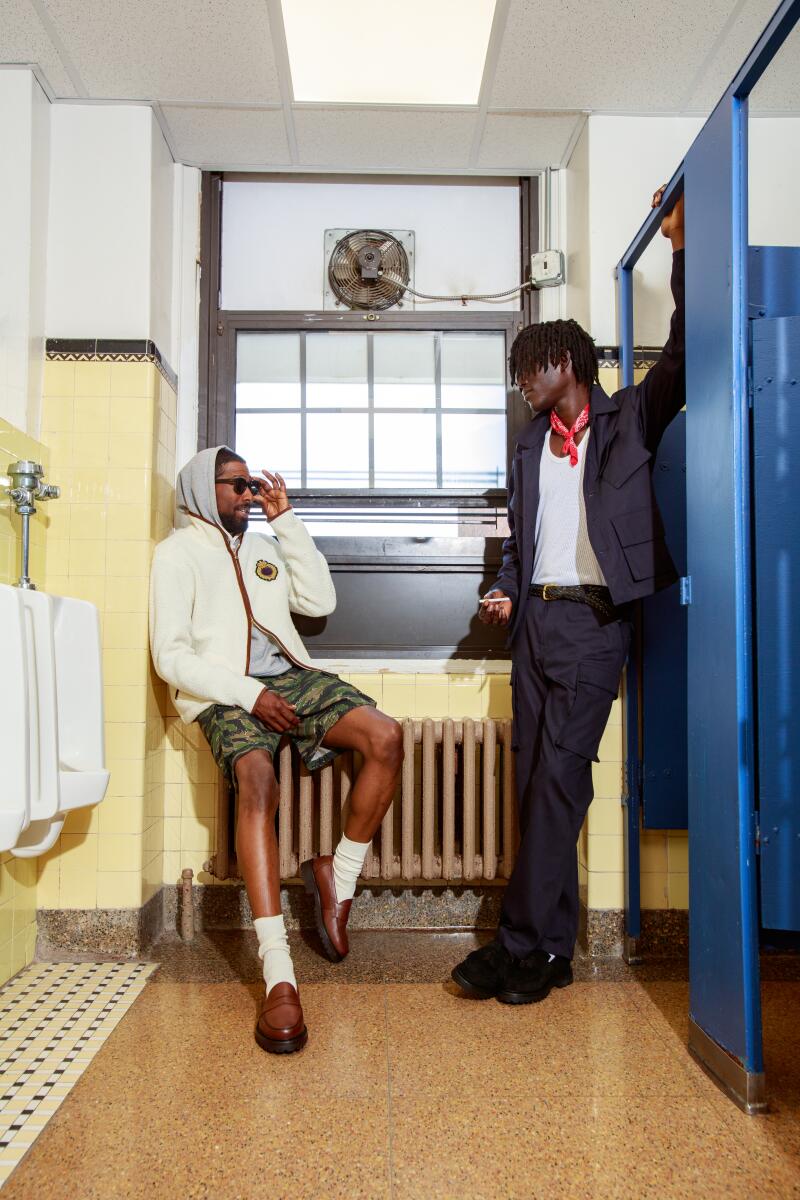
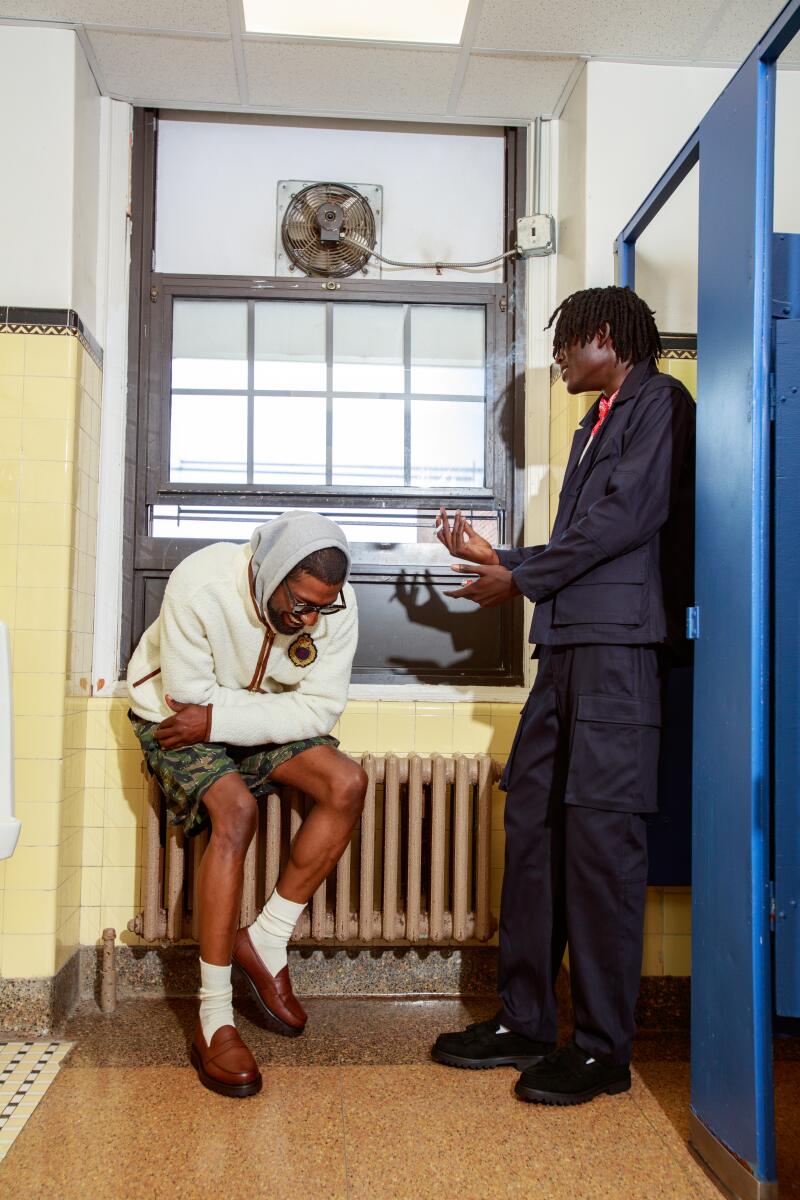
Jean-Christopher wears Academy by Chris Echevarria Airport Fleece, Away Game Hoodie, Stash Short in camo, Ellis Penny Loafer in chocolate, Vibram 1757 Lug Sole. Hella wears Academy by Chris Echevarria Stash Pant in navy, Safari Jacket in navy, Kiltie Loafer exclusively for Academy in midnight.
That caricature he speaks about is typified by celebrity and brand lookbooks and IG culture that has come to dominate fashion, specifically menswear: the carefully curated props (cigars, half-eaten plates of pasta), allusions to old episodes of “Seinfeld” and any other ephemera that signal “New York” or “Black.” How does one define what is real? Who is the arbiter of truth? In some cases, it’s just a feeling. You see something and know that it came from a place of lived-in experience. The reality of Academy is that it comes from a Black kid from New Jersey and is informed by that life. It’s not a trend or a put-on.
What Echevarria hopes to do is speak to the diversity of not just his experience but the experience of straddling lines and living in multiple worlds as a Black man in America.
“How Directors Dress,” a new book from A24, digs deeply into the phenomenon of the director as moodboard inspo.
“I’ve done everything from live in the suburbs to live in an apartment with my mother and my grandmother to having cousins that lived in the projects and visiting them and sometimes even living with them,” he says. “I understand how all of these different strata exist within this world, and I understand how fashion is a form of expression through all of those strata. Especially as a person of color.”
As a biracial person myself, this hits home for me. It goes back to that first question. Whose American tradition are we pointing to? Whose story is this?
“What ends up happening as a person of color is that you kind of have to use these signals [of style and fashion], through the things that you decide to wear, through the way that you decide to present yourself — to show the other people in the room that you belong. And that is a unique experience to any person of color that grew up in America.”
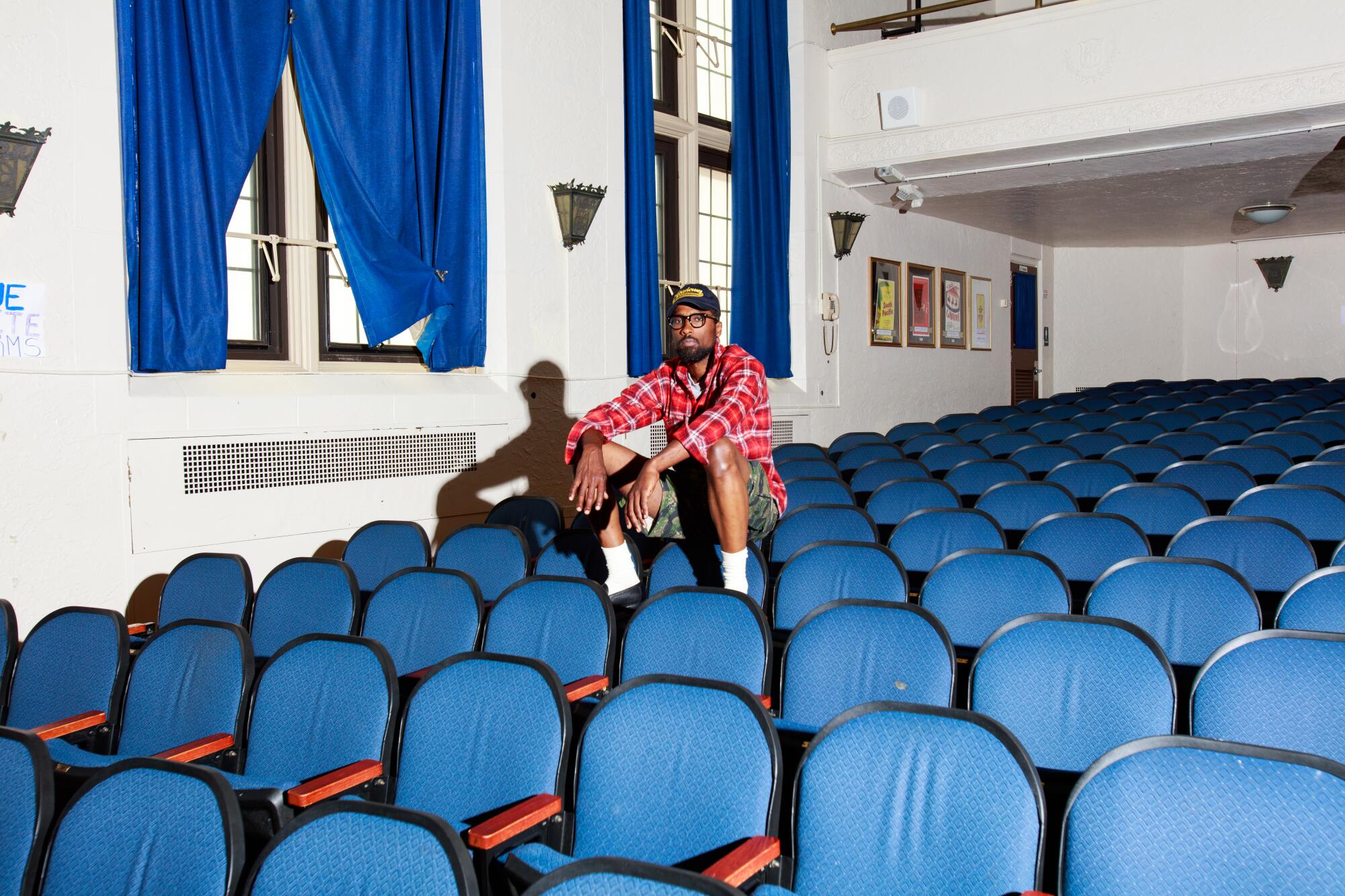
By recontextualizing prep, Academy shows that “tradition” doesn’t have to mean exclusion. And that in an industry dominated by white people, a Black designer can thrive and make clothes that make “tradition” feel intensely personal. A blazer or a pair of loafers that can build a legacy.
Production Craft Alan, Jared Craft, Bella Lopez
Models Jean-Christopher Celestin, Hella Tall
Grooming Jennifer Gonzalez
Photo Assistant Josua Jiminez


